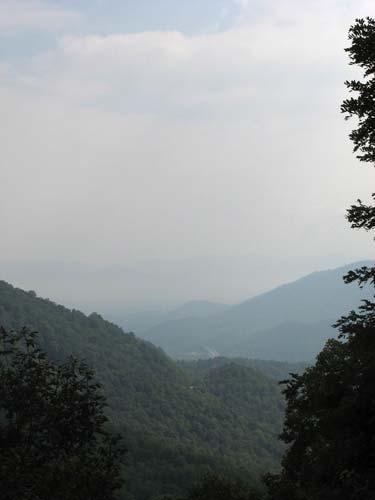New afarensis
Thursday, 21 September 2006

While I find the fossil part of physical anthropology reasonably interesting, it never sucked me in, I think because the behavior (“culture�?) part is so minimal, and so inferred, if at all. Both the NY Times and Wash Post have readable articles on the toddler Australopithecus afarensis specimen found in northeastern Ethiopia not far from the Lucy skeleton. The professional article is in Nature, but not free.
Note that it took researchers four—four!—field seasons to excavate the new skeleton, which was discovered in 2000. The preservation was so good and the excvation was so painstaking that they even got the hyoid bone (“more primitive�? than ours). And fieldwork is just the beginning—it also took many, many lab hours to process this and other specimens recovered during those expeditions. Remember this when you think about the pittances physical anthropologists and archaeologists are able to obtain for research.
A. afarensis is an interesting species, probably in our human ancestral line, that survived less than 1 my, based on the fossil evidence we currently have. The new specimen allows us to refine our understanding of the species’ walking posture and offers new info on brain growth.
Want some current info on human evolution? If you’ve a fast pipe, here’s a downloadable video I haven’t yet seen from ASU’s Institute of Human Origins, directed by Don Johanson, whose co-directed (with Tim White) the team that found Lucy….
Bonus for the supercurious: the Laetoli footprints were left by a small group of A. afarensis traversing an ash bed.